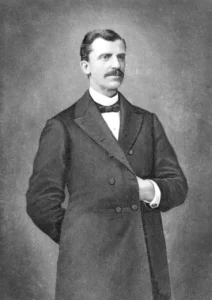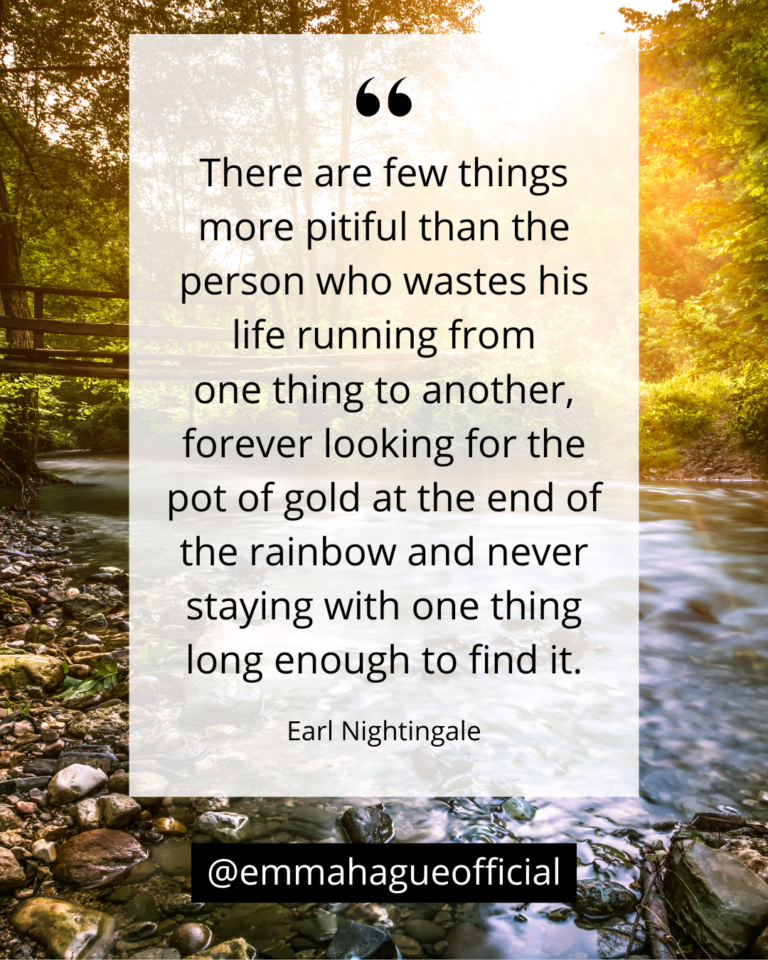Category: Uncategorized
How A Waffle Iron Changed Running Forever
Invictus
Though he became famous for writing several books of poetry, William Ernest Henley is remembered most for his 1875 poem “Invictus” .
A favourite of my own mentor, Bob Proctor, it has become one of mine too after both studying and teaching from it over the last few years.
Literally translated from the Latin word, invictus means ‘unconquerable’ and the poem is often recited during times where stoicism, courage and refusing to accept defeat are needed.
Nelson Mandela is known to have recited the piece to other prisoners incarcerated alongside him at Robben Island, some believe because it expressed in its message of self-mastery
Having contracted tuberculosis of the bone in his youth, William Henley had endured the amputation of the lower part of one of his legs in his twenties.
The early years of Henley’s life were punctuated by periods of extreme pain due to the draining of his tuberculosis abscesses and yet Henley’s younger brother Joseph recalled how after draining his joints the young Henley would “Hop about the room, laughing loudly and playing with zest to pretend he was beyond the reach of pain”.
In fact, in a letter to Henley after the publication of Treasure Island (1883), Robert Louis Stevenson wrote, “I will now make a confession: It was the sight of your maimed strength and masterfulness that begot Long John Silver … the idea of the maimed man, ruling and dreaded by the sound, was entirely taken from you.”
Frequent illness often kept Henley away from school, and yet in 1867, he passed the Oxford Local Schools Examination and went on to receive an LLD degree from the University of St Andrews;
“Invictus” was written during one of Henley’s periods of isolation through illness and is a reminder of the strength and reilience that exists within every one of us.
INVICTUS
Out of the night that covers me
Black as the pit from pole to pole
I thank whatever gods may be
For my unconquerable soul.
In the fell clutch of circumstance,
I have not winced nor cried aloud.
Under the bludgeonings of chance,
My head is bloody, but unbowed.
Beyond this place of wrath and tears,
Looms but the Horror of the shade.
And yet the menace of the years
Finds, and shall find, me unafraid.
It matters not how strait the gate
How charged with punishments the scroll
I am the master of my fate:
I am the captain of my soul.
William Ernest Henley
Acres Of Diamonds
Why is having a big, worthy goal so important?
And why do most people never achieve the things they really want in life?
It’s in our DNA
Human beings
are goal-orientated creatures by nature. We are, as far as we know, the
highest form of creation and we are supposed to set goals.
We are supposed to look for ways to improve our own lives and those of the lives around us because it plays a huge part in the evolution of our species.
Dissatisfaction with your life is a healthy, creative state of mind therefore we are DESIGNED to be discontent!
Creative discontent is at the very heart of motivation, and yet so many people settle for what they currently have (and frequently complain about it) rather than taking measures to improve things.
And these are usually the same people who, when you tell them about any potential goals/dreams you may be considering will tell you to ‘stop fantasising’.
They’ll ask you why you ‘can’t just be happy with what you’ve got and leave it at that’ because of jealousy, fear or their own guilt.
But the truth is, in order for any human being to live a fulfilled, creative life, goals are essential.
The Law of Creation And Disintegration
One of the most dynamic laws of the universe is the Law of Creation and Disintegration. Absolutely NOTHING will stay as it is, therefore you’ re either improving the quality of your life or, by default, you’ re taking away from it in one way or another.
And so the choice is yours. It’s a decision only you can make and making no decision is to make a decision.
But the fact is, it’ s only when you become sufficiently dissatisfied with your life as it is now, that you will begin to think of ways to improve it — most importantly, you will decide on a goal.
Dissatisfaction has given us cars, planes, TV and the internet. It has taken us out of the cave and put us into skyscrapers.
It is only because Thomas Edison experienced a deep dissatisfaction with the candle that we’re not all reading by candle light today.
How would YOU like to live?
So start to think about how you’re living now. The things you do from the minute you wake up until you close your eyes at night.
Now
think about how you’d LIKE it to be — how, with the infinite potential
you possess (we all possess), that scenario might be improved upon.
Keep
thinking about this — several times a day, every day — and you can be
sure that dissatisfaction will set in, if it hasn’t already.
Someone once said “In the absence of clearly defined goals, we become strangely loyal to daily acts of trivia.”
Isn’t that true? So many people fill their days with meaningless tasks that result in…nothing (or just more of the same), because they just don’t really give what they’re doing any serious thought.
Goal achievers are interesting people. They’re productive, happy people beacuse they aren’t bogged down with such trivia.
As a committed goal achiever you will likely accomplish more with your life in one year than most people do in a lifetime.
Which way would you rather live?
To
read more and receive 8 Questions That Warrant Your Attention if you
are ever to achieve the things you really want in life, go now to https://emmahague.com/tir-its-time










